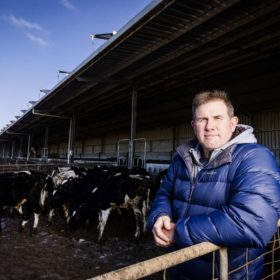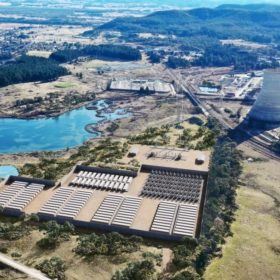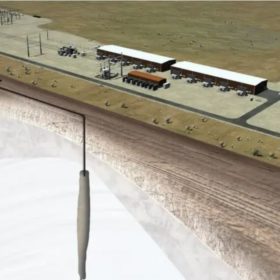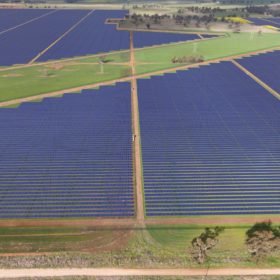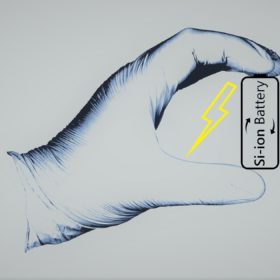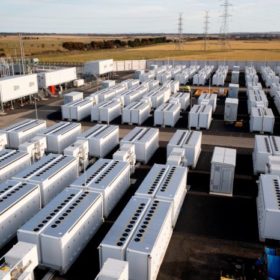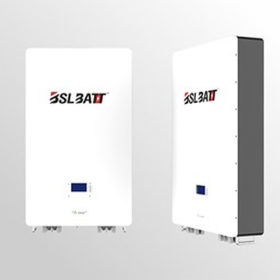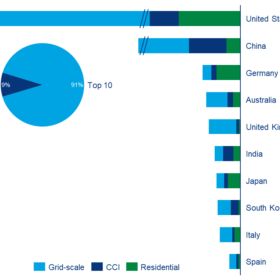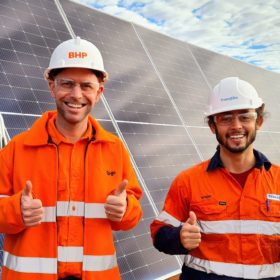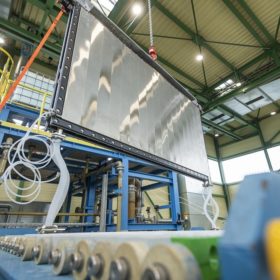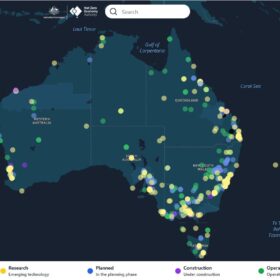Australian storage gets Victorian dairy farm to 95% renewables, saving ‘at least’ $70k in bills per annum
Fourth-generation Victorian dairy farmers this week commissioned their 250kW rooftop solar system coupled with 520 kWh of battery storage from Australian company Energy Renaissance. The couple are forecast to save at least $70,000 annually with the system, cutting their grid reliance by 95% and hopefully inspiring neighbouring farms.
Greenspot gets green light for 1,000 MWh battery
New South Wales is a step closer to adding another big battery to its network with Greenspot securing planning approval from state government authorities for a massive 500 MW/1,000 MWh grid-connected battery to be developed at the site of the defunct coal-fired Wallerawang Power Station near Lithgow.
World’s largest underground hydrogen storage project
Mitsubishi Power Americas and Magnum Development are set to begin construction on a 300 GWh underground storage facility in the US state of Utah. It will consist of two caverns with capacities of 150 GWh, to store hydrogen generated by an adjacent 840 MW hydrogen-capable gas turbine combined cycle power plant.
Wirsol secures approval for hybrid solar-storage power plant
New South Wales has given the green light for another large-scale solar PV and battery project with German-owned renewable energy developer Wirsol Energy announcing it has secured amended development approval for a 445 MW solar and energy storage hybrid power plant in the state’s central west.
Rechargeable silicon redox battery for renewable energy storage
Israeli researchers have developed a device that combines a reversible Si anode with halide cathodes and uses hybrid electrolytes to enable cell recharging. In the proposed system configuration, silicon is dissolved during the battery discharge process, and upon charging, elemental silicon is deposited.
Big week for Neoen, Australia’s big battery daddy
French company Neoen has seen its storage revenue “more than tripled” as a result of its recently commissioned Victorian Big Battery coupled with Australia’s energy crisis. In other news, the company signed a 10 year power offtake agreement with Flow Power for its “flagship” Goyder Renewables Zone project in South Australia.
New residential lithium-ion battery from China
Chinese manufacturer Bslbatt has unveiled an upgraded version of its residential battery. The device has a storage capacity ranging from 5.12 to 12.8 kWh and is reportedly able to provide steady operation for up to 6,000 charge cycles.
Australia ranks 4th in ‘staggering’ global storage markets
Wood Mackenzie places Australia fourth on its list of the globe’s top 10 storage markets, coming in just behind Germany, with the US and China unsurprisingly topping the list. The analyst expects the world’s cumulative storage deployments to reach 500 GW by 2031, according to its Global Energy Storage Outlook released today.
BHP begins shift to solar to power WA mining operation
International mining giant BHP has pushed forward with its first large-scale off-grid renewable energy project, installing the first solar PV panels at a 10.7 MW solar farm that will help power the company’s estimated $1 billion Nickel West mining operation in regional Western Australia.
Construction begins on world’s largest integrated green hydrogen, ammonia plant
In other news, German energy company Uniper said it will test a new salt cavern built for hydrogen storage, while Serbia and Hungary signed a memorandum of understanding to collaborate on renewable hydrogen.
